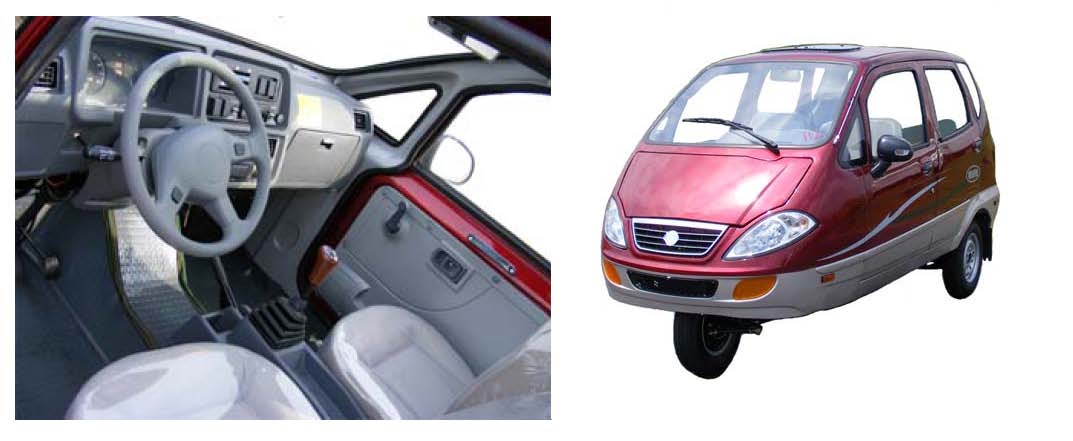When the auto industry needs America’s best scientific minds to validate a foregone conclusion, they turn to Exponent. As we reported during Toyota Tactics Week, David Michaels called out the Menlo Park, California defense-litigation firm in his 2008 book Doubt is Their Product: How Industry’s Assault on Science Threatens Your Health:
“Exponent’s scientists are prolific writers of scientific reports and papers. While some might exist, I have yet to see an Exponent study that does not support the conclusion needed by the corporation or trade association that is paying the bill,” Michaels wrote.
Which brings us to the news: the House Committee on Energy and Commerce has scheduled their second Toyota hearing on May 6 to focus in part on the automaker’s work with Exponent to ferret out any possible electronic root causes of Sudden Unintended Acceleration.
In April 16 letters to Toyota Motor Sales President and CEO James Lentz and Exponent’s Paul Johnson, Committee Chairman Henry Waxman and Bart Stupak chairman of the Subcommittee on Oversight and Investigations, asked for:
* All contracts or agreements between Exponent and Toyota or an agent of Toyota regarding work related to unintended acceleration or electronic throttle control systems and any amendments or addendums thereto;
* All memoranda or correspondence, including e-mail, concerning the scope of Exponent’s work for Toyota or an agent of Toyota related to unintended acceleration or the electronic throttle control systems; and
* Any documents, including reports, analyses, or other communications, describing the results of Exponent’s work for Toyota related to unintended acceleration or electronic throttle control systems.
The views of Waxman and Stupak on Exponent’s scientific independence were already sufficiently jaundiced in the first go-round. On February 22, Waxman and Stupak sent a letter expressing their extreme irritation with Toyota for dumping a truckload of documents, with nary a piece of paper devoted to systematically investigating whether electronic defects could lead to sudden unintended acceleration – except for the Exponent report. They wrote:
“The electronics testing documents Toyota provided include thousands of pages of
engineering standards; test methods; pre-production vehicle and component evaluations; e-mail correspondence between Toyota engineers about field testing of new features of the company’s ETCS-i system; engineering change instructions; reports on field testing of competitor vehicles; and sketches, diagrams, test engineering reports, photographs, e-mails, and Powerpoint presentations by Toyota and part manufacturers related to proposed fixes for “sticky pedals.”
Except for one recent report, the documents did not include any analyses that purported comprehensively to test and analyze possible electronic causes of sudden unintended acceleration. The only document Toyota produced that claims to address the phenomenon of sudden unintended acceleration in a systematic way is a February 2010 report on testing conducted by Exponent, a scientific and engineering consulting firm located in Menlo Park, California. This report was commissioned in December 2009 by Toyota defense counsel Bowman and Brooke, LLP. Exponent representatives told the Committee staff that Bowman and Brooke requested the report just days before its publication date of February 4, 2010, at approximately the same time that we sought substantiation of your claims about electronics testing. According to Exponent, at the time the report was written, testing was still on-going and an interim report like this one is not customary for the company.”
The Committee has been using electronics expert Michael Pecht, a professor of mechanical engineering at the University of Maryland, and director of the University’s Center for Advanced Life Cycle Engineering (CALCE), and veteran automotive engineer Neil Hanneman to locate the dross in Exponent’s first report.
What treasures might they find in this new cache of documents? Technical revelations? Or a behind-the-scenes view of the science-for-hire business?
